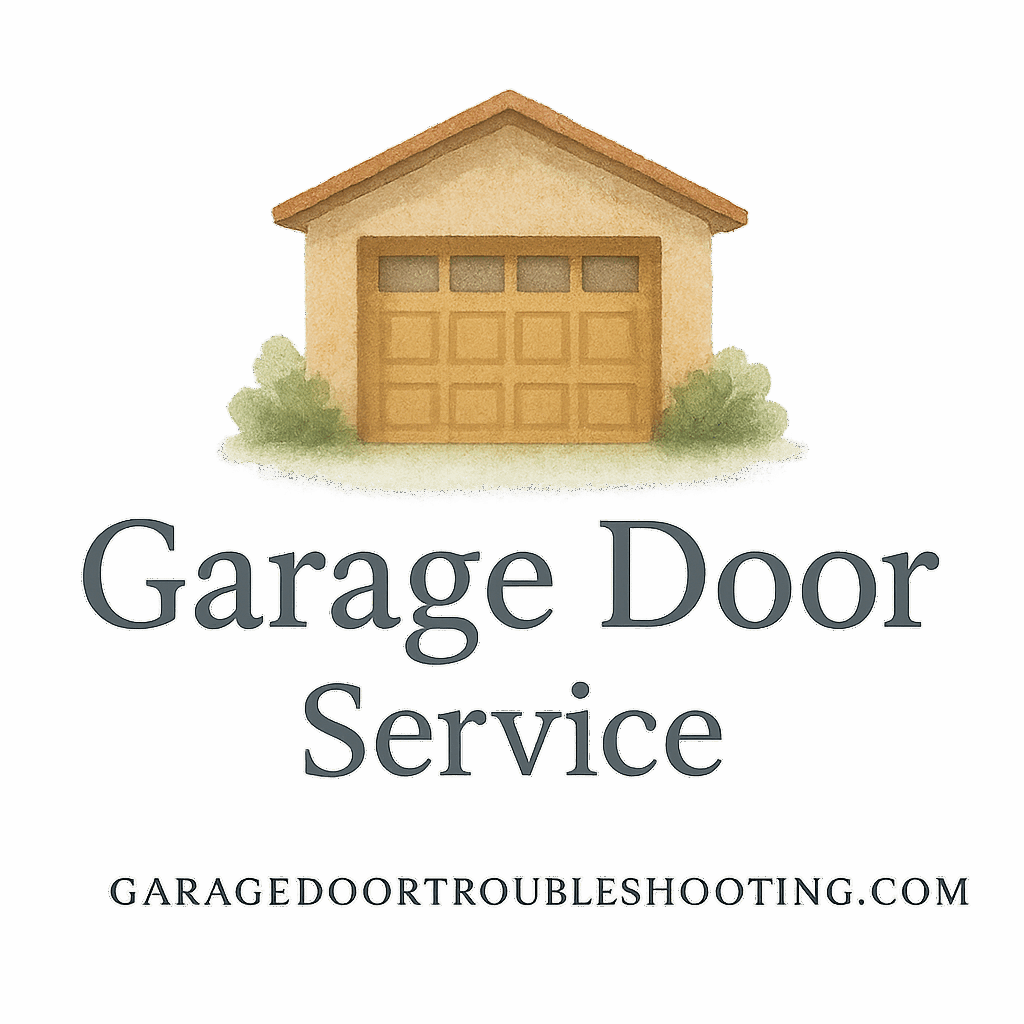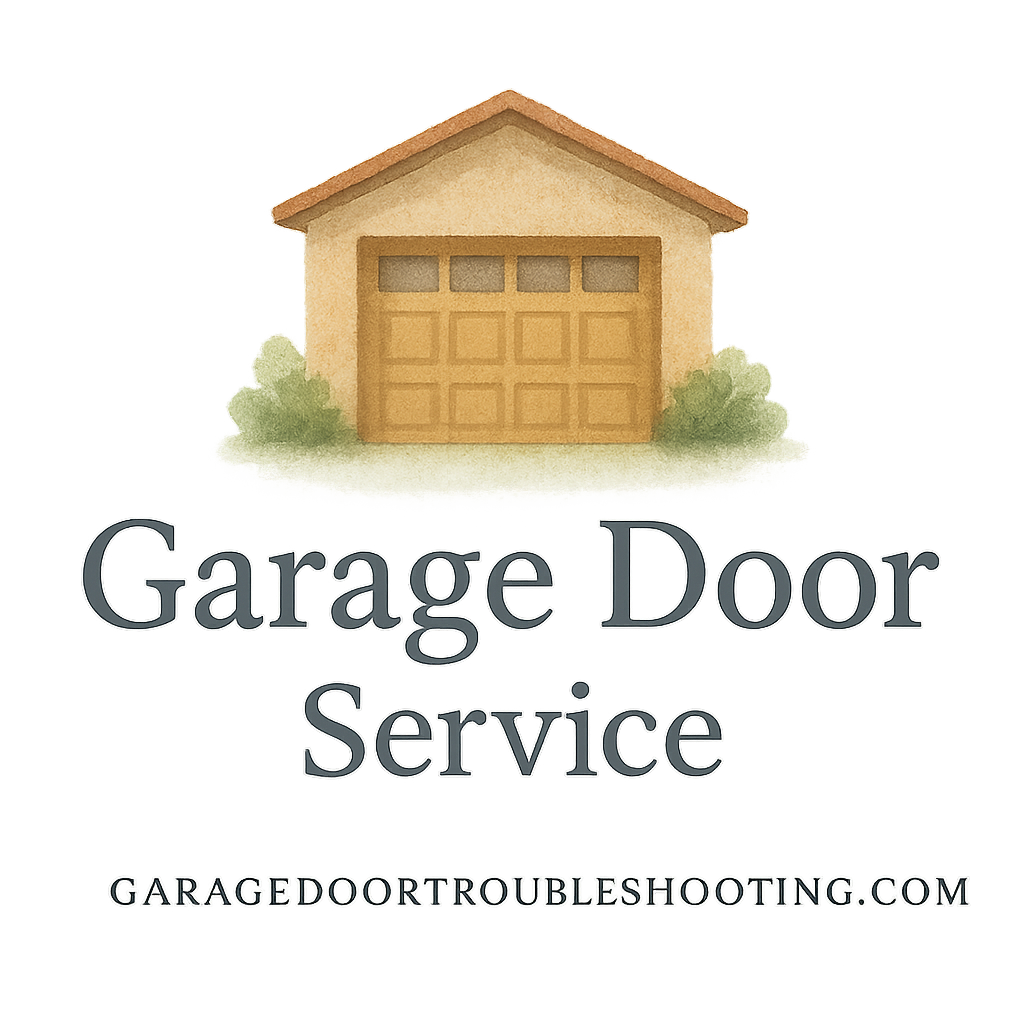Introduction: Why Garage Door Sensors Matter
Garage doors have come a long way from being heavy panels we manually lifted. Modern systems now include safety features, and one of the most important is the garage door sensor. These small but mighty devices prevent accidents, protect your car, and keep your family safe. But when sensors fall out of alignment, your garage door may refuse to close properly—or worse, it may pose safety risks.
If you’re struggling with this issue, don’t panic. In this guide, we’ll walk through 7 steps to align sensors in garage door repairs so you can restore functionality and safety without unnecessary stress.
Understanding Garage Door Sensors
How Sensors Work in Garage Door Systems
Garage door sensors use infrared technology to detect objects in the door’s path. When properly aligned, they communicate seamlessly, ensuring the door only closes when the path is clear. Misalignment, however, disrupts this communication and triggers safety reversals.
Common Sensor Issues That Lead to Misalignment
- Vibrations from daily use loosening the brackets.
- Dirt, dust, or cobwebs blocking the sensor lens.
- Accidental bumps from bikes, toys, or tools in the garage.
- Wiring issues caused by wear and tear.
For a deeper dive into troubleshooting, check out garage door repair guides.
Tools You’ll Need Before Starting
Basic Tools for DIY Garage Door Sensor Alignment
- Screwdriver (Phillips or flathead depending on your model)
- Level tool (to ensure proper alignment)
- Soft cloth or microfiber towel
- Measuring tape
- Zip ties (optional, for securing loose wires)
Safety Precautions Before Repair
Before you even touch your garage door sensors, safety comes first. Disconnect power, keep children away, and follow garage door safety security guidelines. Remember: garage doors are heavy, and sensors are your first line of defense against accidents.
Step 1: Turn Off the Power Supply
The first step is always safety. Turn off the garage door opener’s power source—either unplug it or switch it off at the breaker. This prevents accidental activation during repairs and reduces the risk of electric shock.
Step 2: Inspect the Sensors for Dirt and Debris
Use a microfiber cloth to gently clean the sensor lenses. Even small dust particles can block the infrared beam. If you live in an area with high pollen, dust, or humidity, this step may need to be repeated more often.
For homeowners who want preventive care, read these garage door maintenance tips.
Step 3: Check for Loose Wiring Connections
Sometimes, misalignment isn’t the only culprit. Inspect the wiring leading to the sensors. If you notice frayed wires, loose connections, or corrosion, you may need to repair or replace them. Be cautious—tampering with wires can lead to dangerous repairs.
Step 4: Loosen the Mounting Brackets
Locate the brackets holding your sensors in place. Loosen the screws slightly so you can adjust the sensor position. Avoid removing them entirely—just create enough flexibility to realign.

Step 5: Adjust the Sensor Position
Using a level tool, ensure both sensors are facing each other directly. Measure the distance from the ground to confirm both are at equal height. Even a slight tilt can disrupt communication. If your garage floor isn’t perfectly level, compensate by adjusting until the sensors align correctly.
For installation tips, check out garage door installation advice.
Step 6: Tighten and Secure the Sensors
Once you’ve aligned the sensors, carefully tighten the brackets to hold them firmly in place. Be careful not to overtighten, as that may crack the housing. Use zip ties to secure any loose wiring, preventing accidental tugging or shifting.
Step 7: Test the Sensors for Proper Functionality
After securing everything, restore the power. Try closing the garage door. If it shuts smoothly without reversing, you’ve succeeded. To double-check, place a solid object (like a box) in the door’s path. The door should stop and reverse when the sensors detect the obstruction.
Troubleshooting Persistent Sensor Problems
When Realignment Doesn’t Solve the Issue
If your sensors are still not working after alignment, the problem might be deeper:
- Faulty wiring
- Cracked sensor housing
- Damaged garage door opener board
At this stage, it’s best to review professional garage door services.
DIY vs Professional Garage Door Services
While DIY is cost-effective, some issues require expertise. Professionals can spot problems you may overlook, and hiring them ensures repairs meet safety standards. To avoid unnecessary risks, read about DIY precautions before deciding.
Preventing Future Sensor Misalignment
Regular Garage Door Maintenance Tips
- Inspect and clean sensors monthly.
- Check for vibrations or loose brackets.
- Ensure no clutter blocks the sensor path.
For more homeowner-friendly advice, see homeowner tips.
Safety and Security Considerations
Garage doors are an entry point to your home. Properly aligned sensors not only protect your family but also enhance safety and security.
Conclusion: Keep Your Garage Door Running Smoothly
Aligning garage door sensors may seem technical, but with these 7 steps, you can handle the task confidently. Regular maintenance ensures smooth operation, prolongs the life of your system, and keeps your family safe. When in doubt, don’t hesitate to reach out to a professional provider.
FAQs
How often should I check my garage door sensors?
At least once a month, especially if your garage is used frequently.
Can I align garage door sensors without tools?
Not effectively. You’ll need at least a screwdriver and a level.
Why does my garage door reverse randomly?
Most likely sensor misalignment or dirty lenses.
Do weather conditions affect sensor alignment?
Yes, extreme heat, cold, or moisture can warp brackets and cause misalignment.
Should I replace sensors or repair them?
If cleaning and alignment don’t help, replacement is usually the smarter choice.
Can misaligned sensors cause safety risks?
Absolutely—they may fail to detect obstacles, which can be dangerous.
When should I call a professional?
If realignment and basic fixes don’t solve the issue, it’s time to consult experts.


